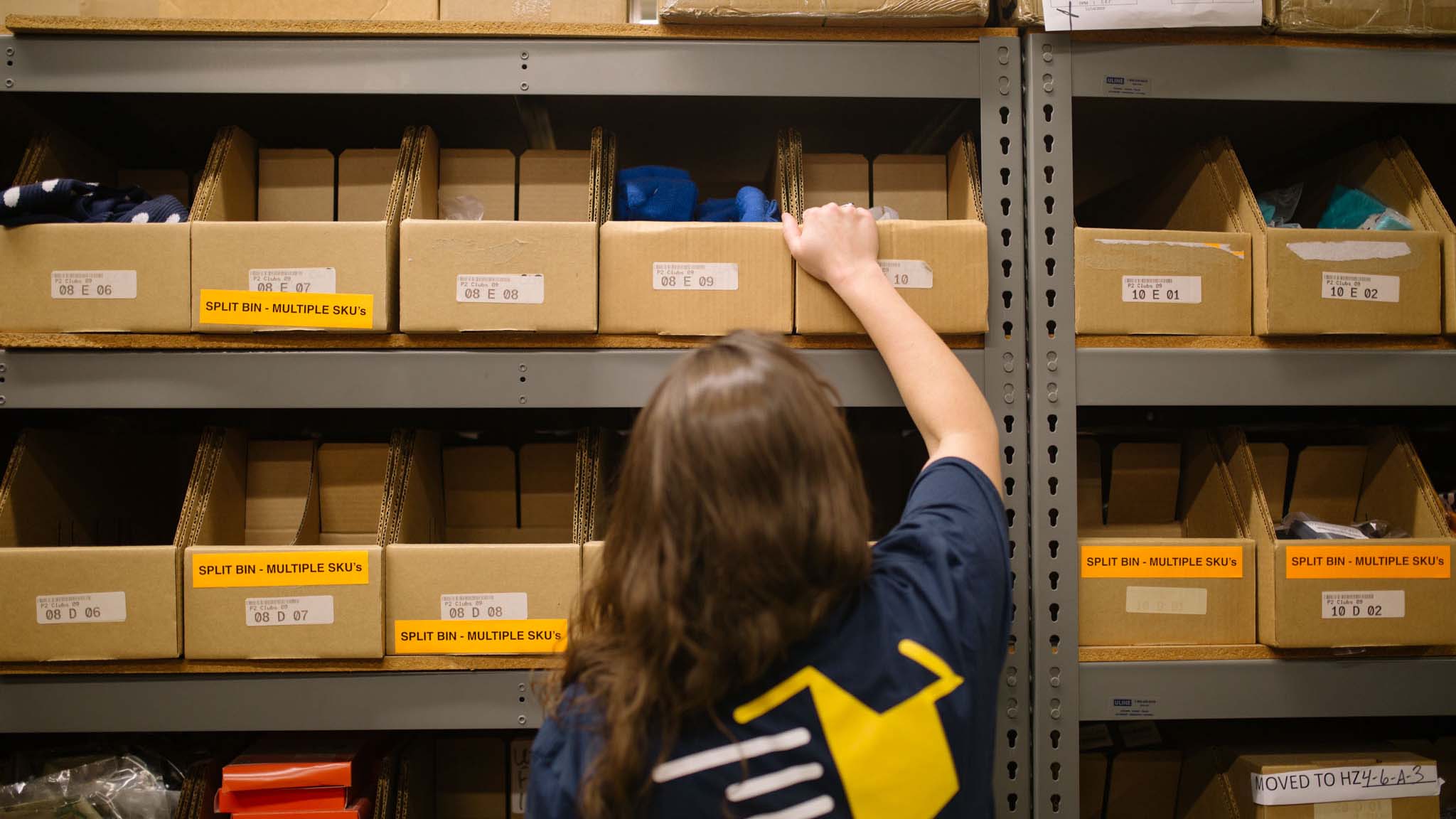
Introduction
Every click on ‘buy now’ launches a system of behind-the-scenes activity, pivotal to e-commerce success. Central to this is the “pick and pack” process—a systematic dance of selecting and packaging products, getting them ready for eager customers. If you’re keen to uncover the intricacies of how online orders transform into tangible deliveries, we’ll explore this crucial process of picking and packing products within a fulfillment center.
What is Pick and Pack?
Pick and pack is the precise method of retrieving specific items from inventory and preparing them for shipping to the customer. It’s an integral part of the broader e-commerce fulfillment chain. In essence, it involves:
- “Picking” the products from warehouse shelves.
- “Packing” these products securely for dispatch.
Businesses may choose to manage this in-house or partner with a third-party logistics (3PL) provider, which can bring expertise, scalability, and efficiency to the table.
The Pick and Pack Workflow:
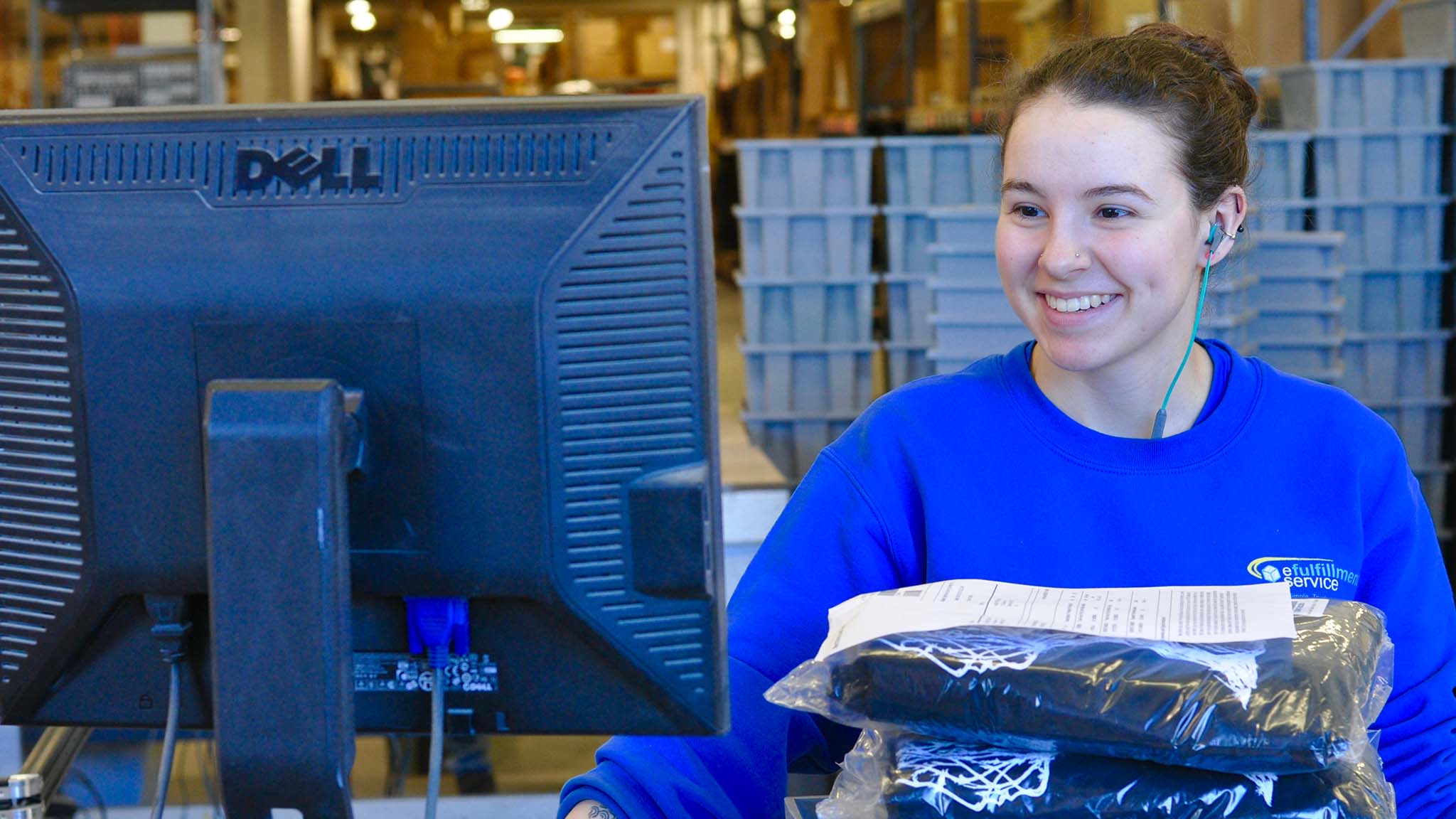
Step 1: Order Receiving
Upon order placement, the integrated warehouse management software triggers an order request. Depending on the location and availability of the stock, the system determines the most suitable fulfillment center.
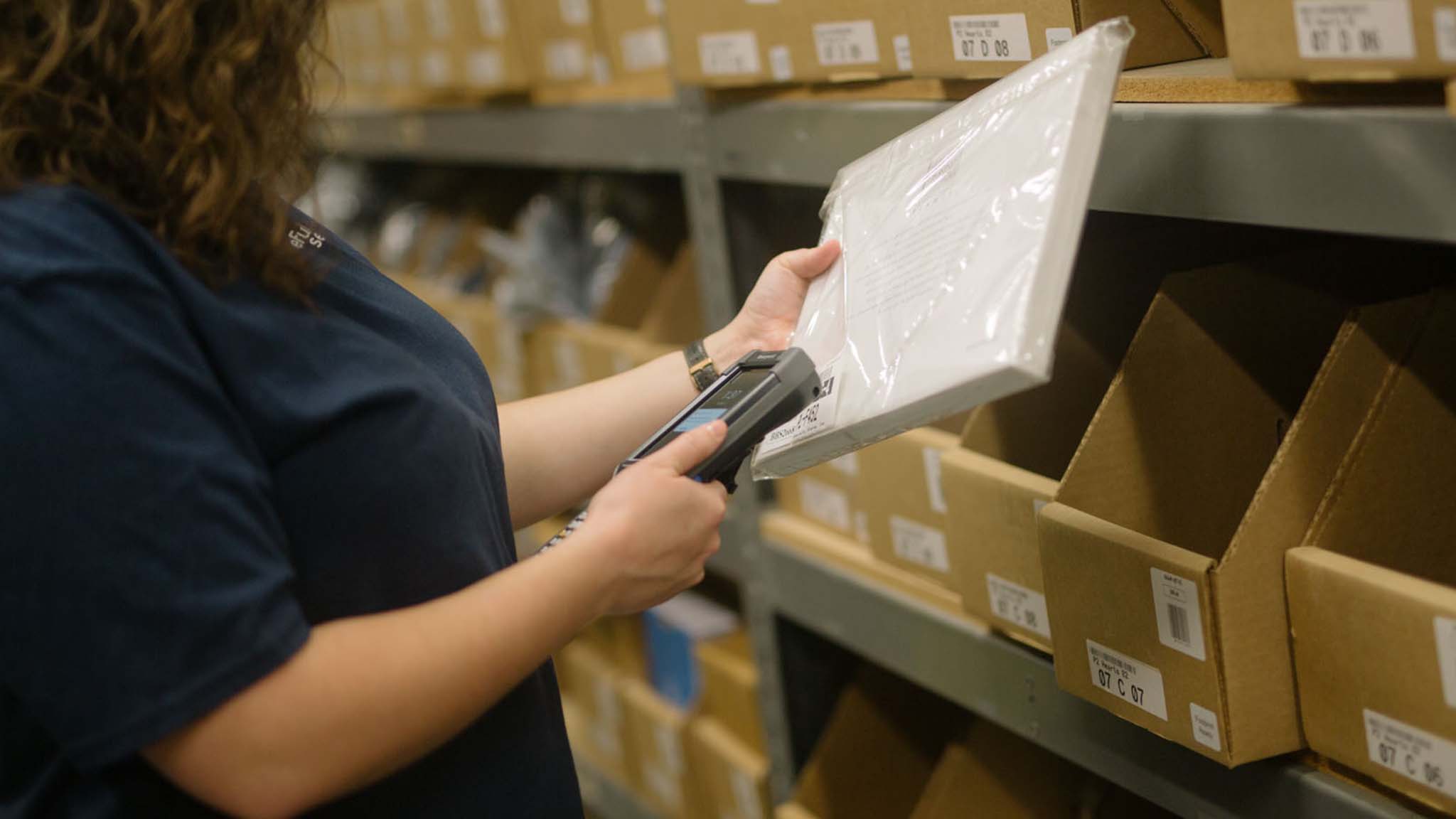
Step 2: Order Picking
A warehouse worker, aided by a picking list, gathers the necessary items from storage. The method employed here can vary, from piece picking one order at a time, to batch or zone picking for larger operations.

Step 3: Order Packing
Collected items are transported to packing stations. Here, the packing method is decided based on the product’s nature. Advanced AI pack software can assist in determining the most efficient packing method.

Step 4: Order Shipping
After packing, parcels undergo labeling and weighing. This final step is pivotal, as shipping can be one of the more complex and cost-heavy stages of e-commerce fulfillment.
What Are Some Picking and Packing Strategies?
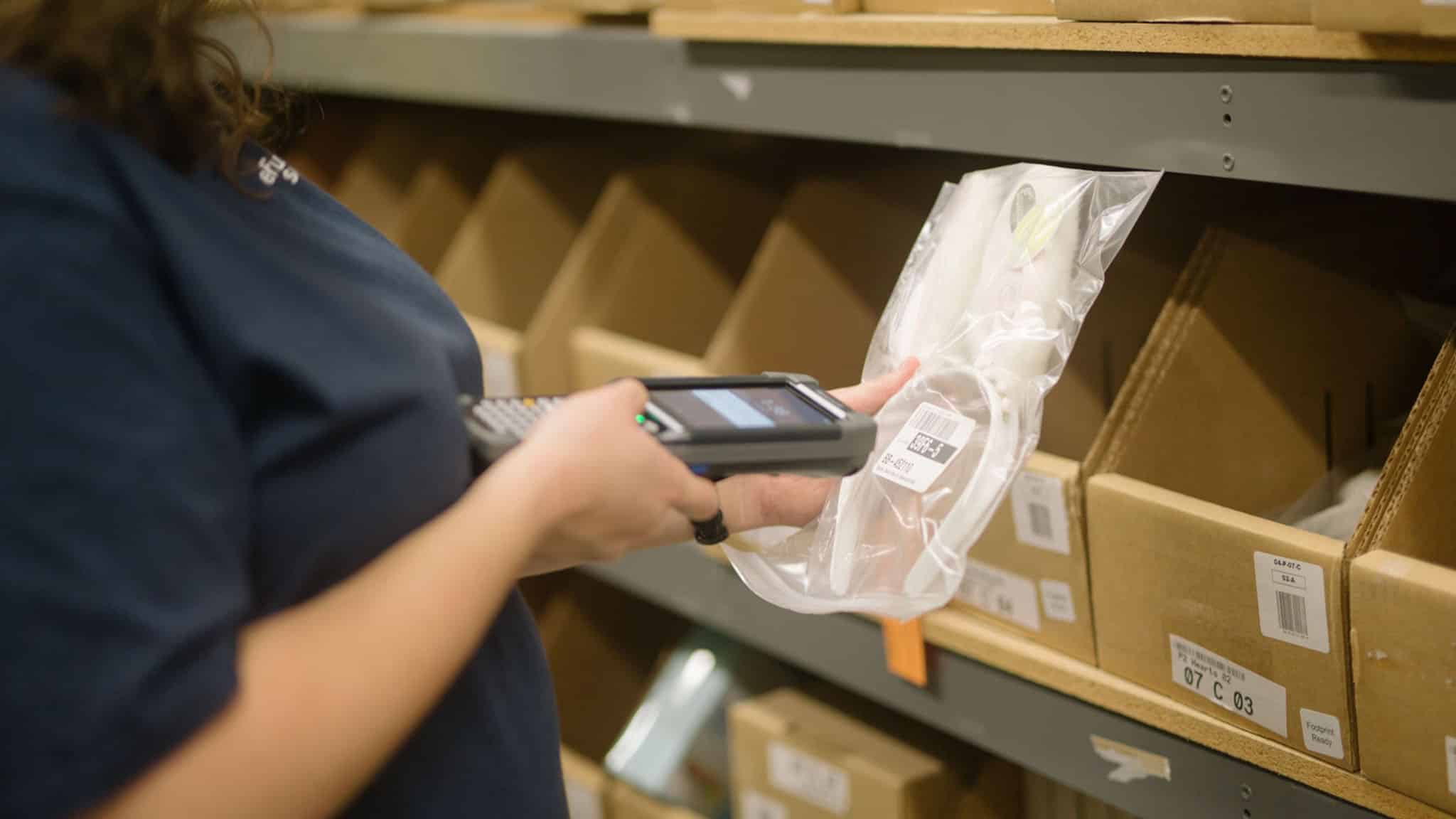
Piece Picking:
What is it?: This is a one-by-one method. Essentially, a worker walks to a storage area, picks a single item, and completes a single order.
Who is it for?: Small e-commerce businesses or startups may prefer this, especially if they have a limited inventory or handle a lesser number of orders.
Pros: Straightforward and requires minimal training.
Cons: Not scalable for businesses with growing order volumes. Walking between aisles for each product can be time-consuming.
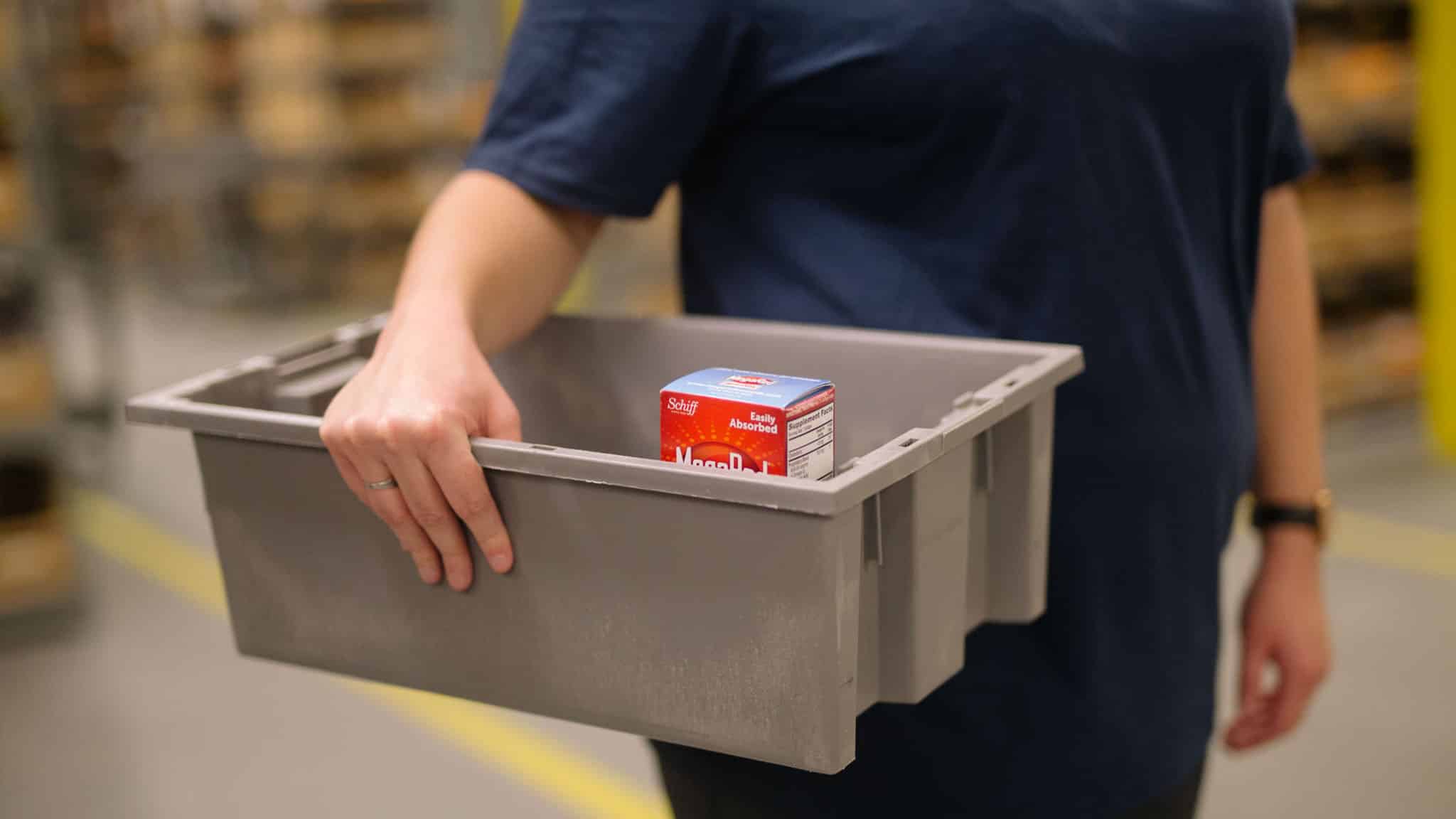
Batch Picking:
What is it?: Here, a worker collects items for multiple orders simultaneously. They’ll retrieve all items in one pass, then sort them into individual orders later.
Who is it for?: Best suited for businesses with multiple orders of similar products or those stored in the same area.
Pros: Reduces the walking or traveling time within the warehouse.
Cons: Sorting post-picking can be complex and might require additional space.
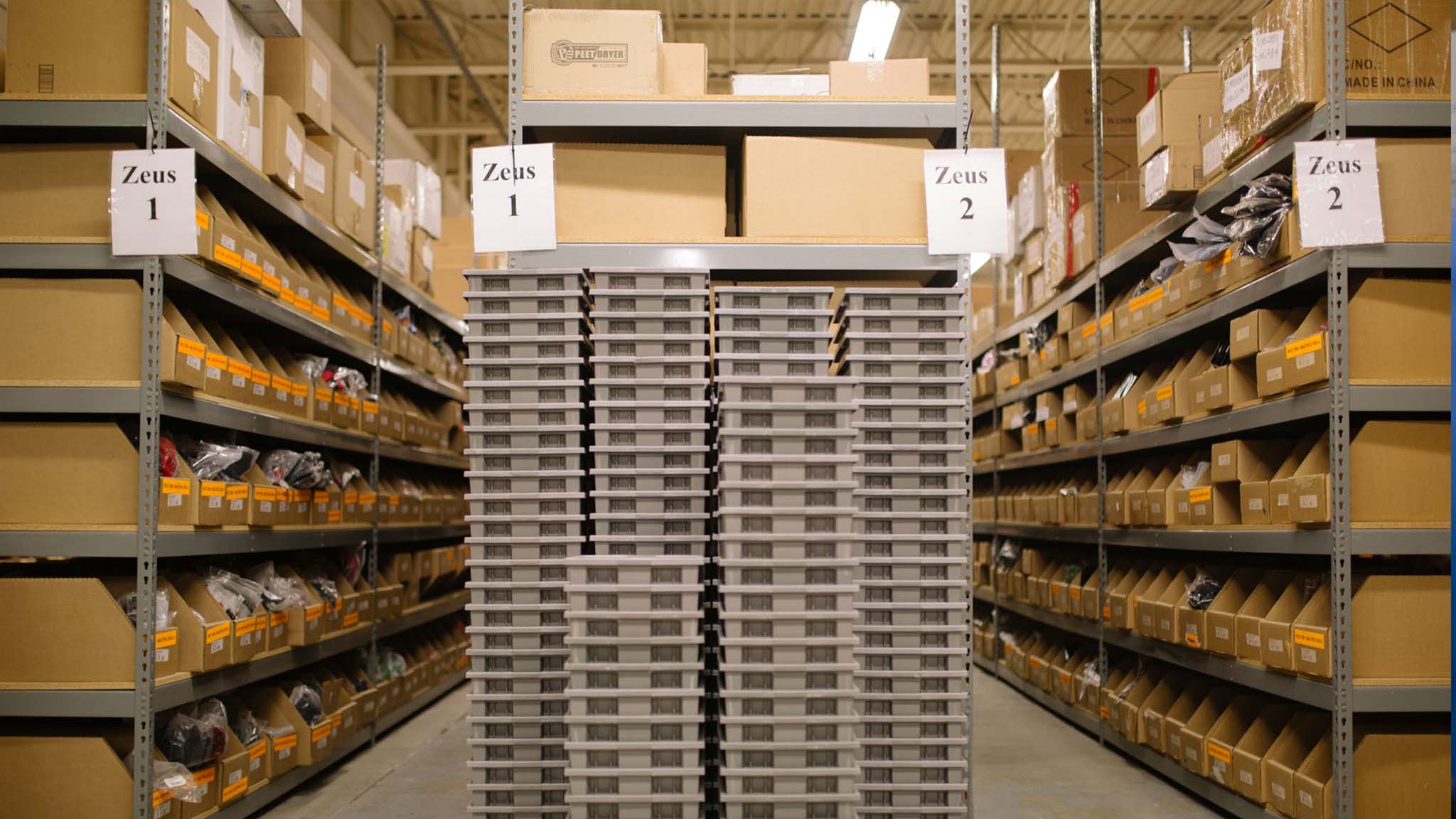
Zone Picking:
What is it?: The warehouse is divided into zones, and each worker is responsible for picking items only within their assigned zone. If an order requires items from multiple zones, it’s passed between workers in each zone.
Who is it for?: Businesses with large, diverse inventories, or those whose storage is categorized distinctly (e.g., electronics in one zone, clothing in another).
Pros: Workers become experts in their zones, improving accuracy and speed.
Cons: Requires efficient coordination between zones to ensure orders are consolidated correctly.
Wave Picking:
What is it?: This is a hybrid approach. Workers pick items from their zones (like in zone picking) but for multiple orders at once (like in batch picking).
Who is it for?: High-volume businesses with varied inventory. Often used when there are defined shipping times during the day.
Pros: Combines the benefits of batch and zone picking, maximizing efficiency.
Cons: Requires sophisticated software for order tracking and may need additional post-picking sorting.
Want to lower your Pick and Pack Costs?
Get a quote from the eCommerce logistics experts, eFulfillment Service and see how you could save on your picking and packing costs.
Packing Essentials: Ensuring Safe and Memorable Deliveries
In the world of e-commerce, the journey from the warehouse to a customer’s doorstep can be fraught with bumps and jostles. Proper packing is the unsung hero, ensuring products arrive in pristine condition. But it’s not just about safety; packing can also play a role in brand promotion and customer experience. Let’s dive deeper:

Cartonization:
What is it?: At its core, cartonization is the science and art of choosing the best box size for a particular order. This means assessing the product’s dimensions, weight, and fragility, then selecting a box that snugly fits the product without wastage of space.
Why it matters?: Overpackaging can lead to higher shipping costs and environmental concerns, while underpackaging can risk damage to products. Cartonization seeks a balance, reducing costs and waste while ensuring protection.
Pro tip: Many businesses are now leveraging software that suggests the optimal packaging solution based on order specifics.

Branded Packaging:
What is it?: This involves customizing your shipment boxes or containers with your brand logo, colors, or other unique identifiers. It can also include promotional inserts or personalized notes.
Why it matters?: It’s all about creating a memorable unboxing experience. When customers recognize and enjoy the packaging, it can boost brand loyalty and even encourage social media sharing.
Pro tip: Consider the environmental impact. Many consumers appreciate sustainable or recyclable branded packaging.

Kitting:
What is it?: Kitting involves bundling multiple items into one package before an order is placed. Think of it as creating ready-to-ship sets, whether they’re themed gift bundles, starter kits, or monthly subscription boxes.
Why it matters?: It simplifies the picking process, as workers can grab pre-packaged sets rather than individual items. This is especially useful during peak shopping times or promotions.
Pro tip: Regularly review your kitted items. Trends change, and what’s popular today might not be tomorrow. Keep your kits fresh and relevant.

Go Above and Beyond for your Customers
Learn how to create memorable unboxing experiences for your customers with our expert kitting and light assembly services.
Why Does Pick and Pack Efficiency Matter?
The world of e-commerce is a fast-paced environment, where customers have come to expect rapid deliveries, flawless service, and impeccable product conditions. As a result, businesses are under constant pressure to streamline their operations. And in this landscape, the efficiency of pick and pack processes emerges as a cornerstone. But why is it so pivotal?
Error Reduction:
A mistake in the pick and pack process could mean sending the wrong product, size, or quantity, leading to returns or unsatisfied customers.
Errors tarnish a brand’s reputation and lead to additional costs in return processing, restocking, and resending the correct item. Efficient systems drastically cut down these errors, leading to happier customers and healthier profit margins.
Faster Turnaround Times:
Efficient pick and pack ensures quick processing and dispatching. In an age of instant gratification, customers appreciate and often expect fast shipping. By speeding up in-house processes, businesses can deliver more promptly without resorting to costly expedited shipping.
Cost Savings:
Efficient pick and pack processes require fewer resources, be it in terms of manpower, time, or packaging materials.
As the saying goes, “Time is money.” Cutting down on unnecessary steps or redundancies can lead to significant savings in the long run. Plus, with fewer mistakes, businesses save on the costs associated with rectifying them.
Best Practices for Pick and Pack: Enhancing Efficiency and Accuracy
The distinction between businesses that thrive and those that falter often lies in operational efficiency. Adopting best practices in pick and pack processes can lead to a significant competitive edge. Here are the key practices that industry leaders swear by:
Streamlined Inventory Management:
- What it entails: Organizing your warehouse in a logical manner, using technologies such as barcodes, RFID tags, or color-coded bins to quickly identify and access products.
- Benefits: Reduces the time spent searching for items, minimizes picking errors, and facilitates faster restocking.
Pro tip: Implement an inventory management software that provides alerts for low stock levels, ensuring you never run out of popular items.
Optimized Packing Strategies:
- What it entails: Adopting cartonization to choose the right box sizes, and using appropriate cushioning materials like bubble wrap, foam inserts, or biodegradable peanuts to protect products during transit.
- Benefits: Ensures products reach customers undamaged, reduces shipping costs by minimizing package weight, and enhances the customer unboxing experience.
Pro tip: Consider sustainability in your packing materials. Many consumers value eco-friendly packaging, and this can further elevate your brand image.
Real-time Order Management:
- What it entails: Using sophisticated software that tracks orders from placement to shipment, updating statuses in real-time.
- Benefits: Helps in quick identification of bottlenecks, ensures timely dispatch, and provides transparency to customers about their order status.
Pro tip: Choose a system that integrates seamlessly with your e-commerce platform, allowing for instant updates and better coordination.
Comprehensive Employee Training:
- What it entails: Providing regular training sessions to staff, updating them on warehouse layout changes, new tools, and optimal picking and packing techniques.
- Benefits: Equips staff with the necessary knowledge to operate efficiently, reduces errors, and promotes a safer working environment.
Pro tip: Incorporate hands-on training sessions where employees can practice in real-world scenarios, ensuring they’re ready for peak order times.
Regular Monitoring and Adaptation:
- What it entails: Continuously reviewing your pick and pack methods, tracking metrics like order fulfillment time and error rates, and seeking customer feedback on their delivery experience.
- Benefits: Identifies areas for improvement, ensures the business stays adaptive to changing demands, and maintains high levels of customer satisfaction.
Pro tip: Use analytics tools to visualize data, making it easier to spot trends and make data-driven decisions.
7 Signs It’s Time to Outsource Your Pick and Pack Services to a 3PL
While many businesses start with in-house pick and pack operations, there comes a time when outsourcing to a third-party logistics (3PL) provider becomes a strategic move. Here are the telltale signs that it might be time for your business to make that shift:
1. Scaling Up Challenges: If your business is growing at a rate where you’re consistently struggling to meet order demands, it’s a clear sign you might benefit from the specialized services of a 3PL.
2. Increased Errors: Mistakes in order fulfillment can hurt your brand reputation. If you notice a spike in errors, a 3PL might offer the expertise and precision you need.
3. Space Constraints: Outgrowing your storage or fulfillment space? Instead of investing in larger premises, consider outsourcing to a 3PL with ample space and resources.
4. Lack of Advanced Technology: Modern 3PLs utilize cutting-edge technology to streamline and automate the fulfillment process. If you’re lagging in tech, a 3PL can bridge that gap.
5. Fluctuating Order Volumes: Seasonal spikes in orders can strain in-house operations. 3PLs are equipped to handle volume surges, ensuring consistent service.
6. Shipping Costs Surge: If shipping expenses are eating into your margins, a 3PL might offer bulk rates and efficient routing to reduce costs.
7. Time Management Issues: Are you spending more time on fulfillment than on core business activities? A 3PL can free you up to focus on marketing, growth and strategy.
Lower the Cost of Your Pick and Pack Services
Get a quote and see how eFulfillment Service could help lower your costs.
Summary
Seamless operations can make the difference between a satisfied customer and a missed opportunity. From meticulously organizing inventories to ensuring that every product reaches its destination in pristine condition, the pick and pack process is at the heart of successful fulfillment for your online business.
That’s where a 3PL comes in. With expertise in the realm of pick and pack, they can help e-commerce businesses with their fulfillment efficiency and lower costs. State-of-the-art inventory management systems reduce errors, advanced packing solutions ensure your products remain undamaged, and a team of experts are always on hand to provide guidance.
With a 3PL, you’re not just getting a logistics partner; you’re getting a dedicated team that understands the intricacies of e-commerce and is committed to your brand’s success.

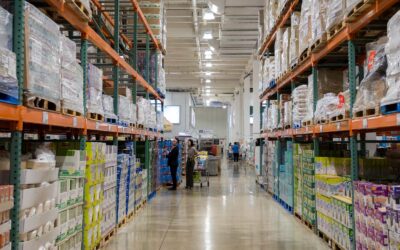


Thanks for breaking down the intricacies of the pick and pack process! It’s clear how vital a streamlined operation is for both customer satisfaction and overall business success.